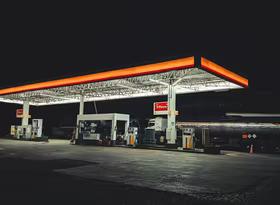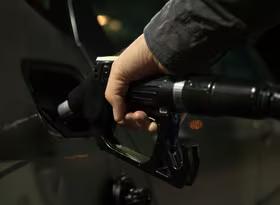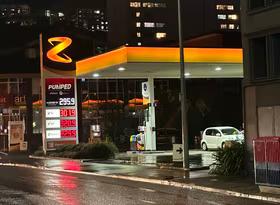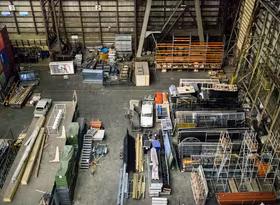
Weak investment intentions soften outlook for commercials
Business investment intentions have been on a downward trajectory since early 2022. Historically, lower investment intentions have coincided with weaker commercial vehicle registrations, since vehicles are an investment decision. Investment intentions in the construction and agriculture sectors are notably low, which has already resulted in a lower growth for commercial registrations in these industries. Lower investment intentions support our expectations for softer commercial vehicle registrations over the next two years.
Investment intentions head lower in November
Economy-wide investment intentions fell 9.2 points in November 2022 from the previous month, according to the ANZ Business Outlook survey. This fall took investment intentions to its lowest level since the onset of the COVID-19 pandemic in early 2020. Chart 1 shows how economy-wide investment intentions have tracked since 1991, with intentions clearly declining from December 2021.
The persistence of high inflation, both in New Zealand and overseas, has resulted in more aggressive interest rate hikes. In their November Monetary Policy Statement, the Reserve Bank of New Zealand increased their expectations for inflation and interest rates, anticipating that inflation will peak at 7.5%pa and the official cash rate will peak at 5.5%. The combination of high inflation and rising interest rates across the world has established fears of a global economic recession, and the Reserve Bank is now expecting a recession in New Zealand too.
The deteriorating economic outlook means New Zealand businesses are anticipating investing less into their businesses in the year ahead. The lower levels of business investment will likely mean fewer commercial vehicle registrations, as vehicles are an investment decision, and investment intentions do trend with actual registrations.
Commercial registrations are also softening
Periods of strong investment intentions have historically coincided with higher commercial vehicle registrations. Strong investment intentions in 1999 to early 2000 correlated with strong registrations of new light commercials, as optimistic firms purchased new vehicles to improve or expand their businesses. Similar correlations are evident in 1994 to early 1995, and from 2013 to early 2015.
Periods with low investment intentions also coincide with softer commercial vehicle registrations. Weak business investment after the Global Financial Crisis in 2008/09 filtered through to fewer registrations of new light commercial vehicles, as did lower investment intentions during the COVID-19 lockdown in 2020.
New light commercial vehicle registrations peaked in early 2022, coinciding with both declining investment intentions and the introduction of the Clean Car Discount. Chart 2 shows the decline in new light commercial vehicle registrations since March 2022. By October, annual new light commercial registrations had fallen 18% from their March 2022 peak.
Key industry sectors for commercials are especially pessimistic
Investment intentions in the agriculture and construction industries have been declining strongly since early 2022. Investment intentions in the construction industry have declined rapidly, as higher interest rates and a housing market downturn dampen enthusiasm and expectations for the residential construction sector.
Investment intentions in the agriculture sector have also been in decline since early 2022, though the sector remains more optimistic overall, with export prices remaining high in historical terms. Nevertheless, agriculture investment intentions are swiftly shifting lower.
Chart 3 shows investment intentions in the agriculture and construction sectors since 2018.
Softer sector investment filters through to weak registrations
Weaker investment intentions in the construction and agriculture sector are already filtering through to softer registrations of agriculture and construction commercial vehicles. Chart 4 shows that registrations of construction and agriculture commercial vehicles have declined since early 2022, in line with falling investment intentions in these sectors.
We anticipate investment intentions will remain low for at least the first half of 2023, as higher interest rates and high inflation continue to bite, which will put downwards pressure on commercial vehicle registrations. Our October Transport Forecasts outlined our expectations for commercial vehicles registrations over the next five years, where we expect softer registrations in 2023 and 2024. From early 2025, we anticipate a steady pick-up of commercial registrations, as investment in the construction sector and wider economy recovers.















